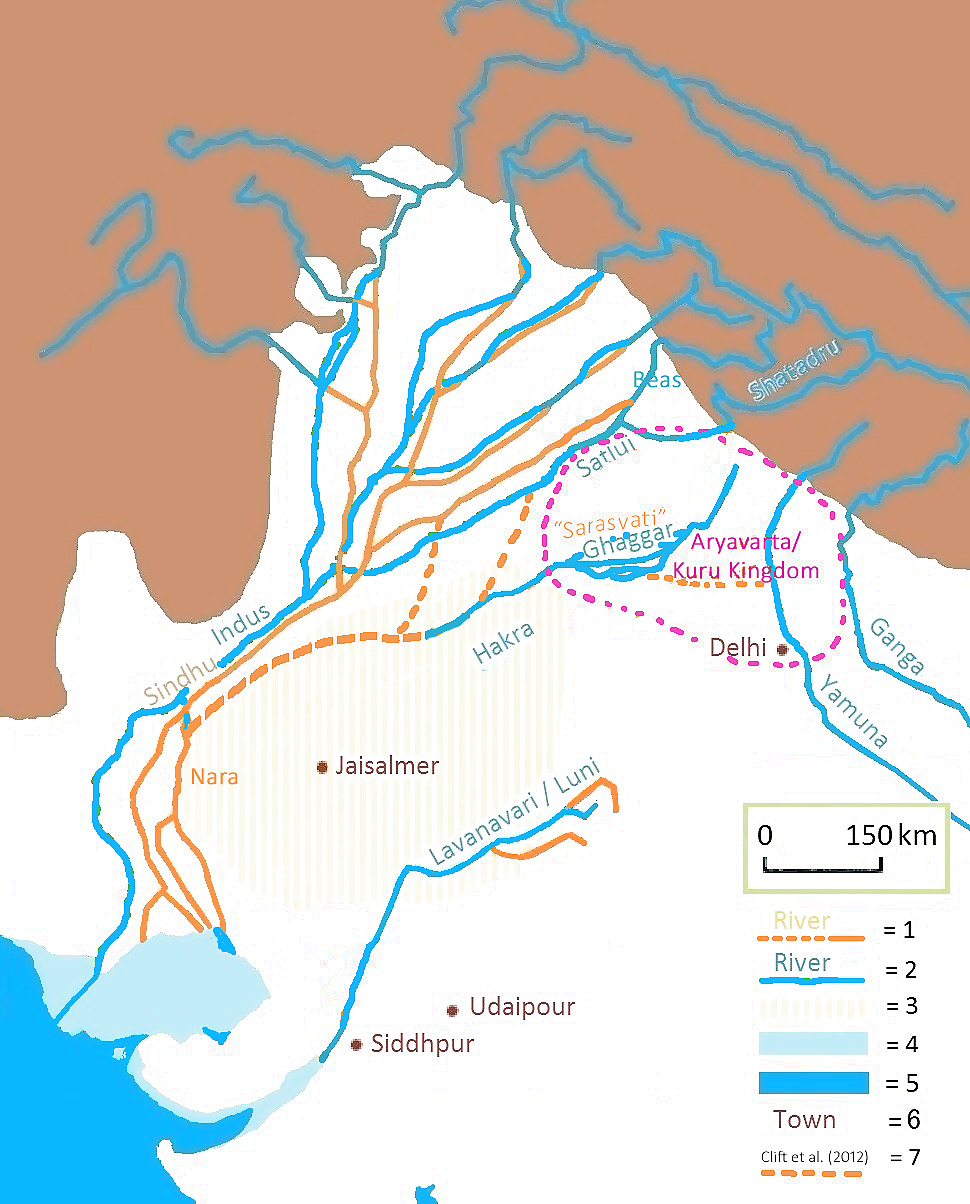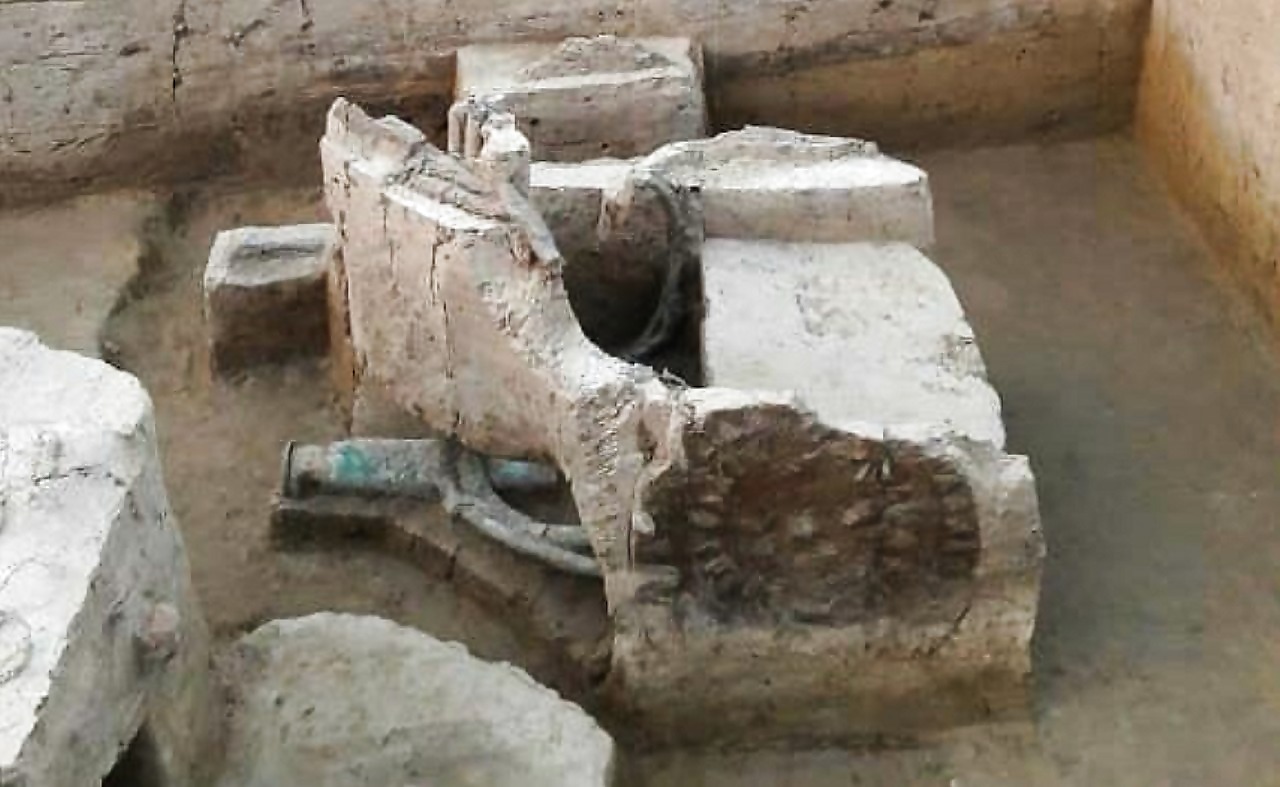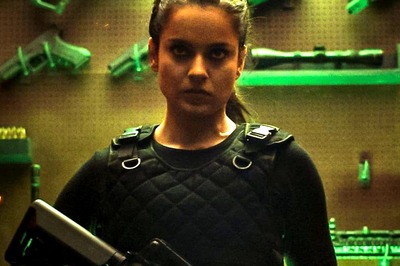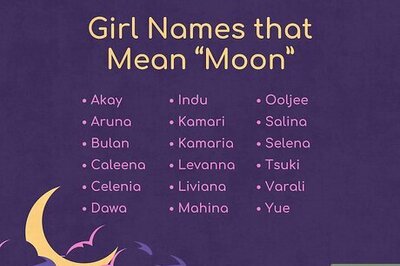
views
Recently, there has been a lot of misinformation regarding changes in the National Council of Educational Research and Training (NCERT) Class 12 syllabus being maliciously spread on Twitter by regular mischief makers and fake information spreaders, about how the next generation will not know about the Mughals and various such pseudo-emotional bytes, aimed not only at misguiding people but also at instigating them into creating pressure against the course correction being made by the government.
A look at the changes shows that:
Chapter 13: Mahatma Gandhi and National Movements
Have the Mughals been totally removed? The answer is a big NO.
So what are the changes?
Chapter 8, both before and after the changes, still has the Mughals and they remain the same without any changes. What has been deleted is chapter 9 (from old 2022-23 syllabus) – “Kings and Chronicles – The Mogul Courts (c. 16th-17th Century).” This chapter dealt with court chronicles, the poets who wrote these chronicles and their eulogies about the rulers, court paintings, etc. Not really an important topic, nor it is needed as a chapter for Class 12 history students. If one insists on keeping this chapter, then the question that needs to be asked here is: why only the Mughals? There should be such detailed court chronicle studies about the other dynasties too, such as the Chola, Pallavas, Palas, Rashtrakutas, Satavahanas, etc. After all, India is not only about the Mughals (who were decidedly of foreign origin and in power for some odd 200-300 years), and the students should know more about their own Indic rulers, than learning about foreign invading dynasties. What is surprising here is that two other chapters have also been removed — Chapter 12: “Colonial Cities,” and Chapter 14: “Understanding Partition” — but not a single voice has been raised in protest. The focus and social media outrage is limited to the so-called ‘removal of Mughals’. Mughals or the Timurid dynasty is a foreign invading dynasty and they do not have a record of good administration or benign governance over the common people (while Aurangzeb is known to all as religious bigot, it is also a historically documented fact that under Shah Jahan, the horrific policy of enslavement of Hindus for taxes, which started during the Sultanate rule, worsened). So this special favour shown towards the Mughals reflects nothing but the severe bias in the minds of the so-called ‘academicians’ who wrote these propaganda narratives in the form of school textbooks, simply to brainwash students into thinking the Mughals were a good lot.
Some aspects of Indian history that need to be part of the history textbooks from classes 6-12 as part of course correction are as follows:
- Delhi’s history – As Delhi is the capital of India, its history in school textbooks needs greater focus and a complete revision. Delhi’s history does not start with foreign Islamic rule. B.B. Lal, in his book Indraprastha, has given a timeline of found periods in the excavations at the Purana Qila mound, which could be followed to prepare a timeline of Delhi’s history. Instead of a brief mention of the Rajput rule period and then promptly moving on to the invading Islamic rulers, school children must learn of the archaeological excavations by B.B. Lal (1954-55), B.K. Thapar and M.C. Joshi (1969-1973), and V.K. Swarnkar and Vishnu Kant (2013-14, 2017-18, recent 2023 dig) of the mound in the Purana Qila.
Here is the cultural sequencing or dating of the trenches from the bottom upwards (as given by B.B. Lal in his book which could be made as a reference of Delhi’s historical time frame) –
Period I: Associated with Painted Grey Ware, circa 10th century to 8th century BCE.
Period 2: Northern Black polished ware, circa 8th c. BCE to 200 BCE.
Period 3: Sunga period, circa 200 BCE to start of CE (Common Era).
Period 4: Saka-Kushan period, 1st c. CE to 3rd c. CE.
Period 5: Gupta Period, 4th-6th c. CE.
Period 6: Post-Gupta period or pre-Rajput period, 7th-9th c. CE.
Period 7: Rajput period, 10th-12th c. CE.
Period 8: Islamic period, Sultanate and Mughal eras, 13th to 19th c. CE.
Period 9: British period, 19th to mid-20th century CE.
As clear from the given periods, there is much more to Delhi’s history than just the 13th-19th century era Islamic rule.
- A complete debunking of the Aryan Invasion/Migration Theory based on recent archaeological and other scientific findings is an absolute necessity now. Just presenting the facts (as for example: arguments from both sides) is not enough, here the AIT/AMT must be shown to be as myths and completely debunked, so that these fake propaganda theories are removed from the next generation’s mind, and they do not keep appearing in future articles and books.
- A chapter on the Saraswati River with various literary evidences and scientific findings of its course must be written in a simple manner for school level history studies, along with explanations as to why the Harappan culture should be termed as the Saraswati-Sindhu Civilisation instead of Indus Valley Civilisation. Michel Danino’s book on the Saraswati River can be made a reference point for writing this chapter. It is essential to do this so that in future, the Saraswati River is not turned into a mythical river again.

- Besides the Saraswati Sindhu Civilisation, there must also be a chapter on the recent archaeological findings from various excavations that are directly or indirectly associated with the SSVC, for example, the Rakhigarhi site findings, the Sinauli excavation, etc.

- Presenting a chapter on the cultural, religious, and social continuity of ancient traditions and practices starting from the pre-historic, to the proto-historic, moving on to the historic and modern times is a necessity to burst the popular Leftist myth that after the Harappan era, India went through a dark period, of which nothing much is known historically. Examples of swastika, yoga, ornaments, various motifs, matrika/mother-goddess and linga worship, wearing of sindoor, etc., all show the cultural and religious continuity in Hinduism and other Indic religions starting from pre-proto historic times.
- A chapter that would present a basic study of the Hindu temple architecture is very important so that students know about their Indic structural heritage. A brief study of some of the more commonly seen sculptures on temple walls is also essential to instill a preliminary level of knowledge of Indian art and iconography among schoolchildren.
- A greater focus with more chapters devoted to the various Indic dynasties (Satavahanas, Pallavas, Pandyas, Chola, Palas, Senas, Ganga, Ahoms, Rashtrakutas, Pratiharas, Kakatiyas, etc.) along with the Mauryas, Kushanas, Sakas, and Guptas should be the first focus or objective of the curriculum creators. Islamic dynasties and the British Empire were foreign invading rulers, with foreign religious and cultural connotations, and the focus on them should be less.
- It is also important to discuss, as part of school historical studies, the massive destruction of temples that the Islamic rulers had carried out across the length and breadth of India, without any attempts to whitewash these historical crimes/atrocities. Slavery (selling Hindus after conversion to Middle East nations for huge profits), which rose to gargantuan proportions under Islamic rule was institutionalised and made legal during the rule of Alauddin Khilji, which increased even further under the Mughals. This must also be made a part of history studies as there are enough historical records of Hindu slaves under Islamic dominance to write a chapter on this.
History must be presented truthfully, closest to how the events had unfolded, based on archaeological and literary evidence. Any attempts at writing false historical information, distorting facts, whitewashing atrocities, or watering down narratives to make them appear less unpleasant should be immediately resisted and stamped out.
India is perhaps the only nation in the world that has distorted its history to such an extent that its own native/indigenous religions and cultures are mocked and derided, while the brutal foreign invasions are glorified and the atrocities of the invaders are completely whitewashed to make them appear as benign beings.
All protests by so-called “historians” who had once distorted Indian history to suit their Marxist agendas should be completely ignored while doing the course correction. Changes and course correction are essential in Indian history at school level studies to remove all propaganda narratives, and the Government of India must go ahead with this with an iron hand to set things right. As for the outraging academicians of yore, they can keep showing their anger. All their opinions and outburst must be sidelined and ignored, just like they had once viciously sidelined all stalwart historians (R.C. Majumdar, etc.) who had refused to toe their line and peddle their propaganda narratives.
The author is a well-known travel and heritage writer. Views expressed are personal.
Read all the Latest Opinions here


















Comments
0 comment